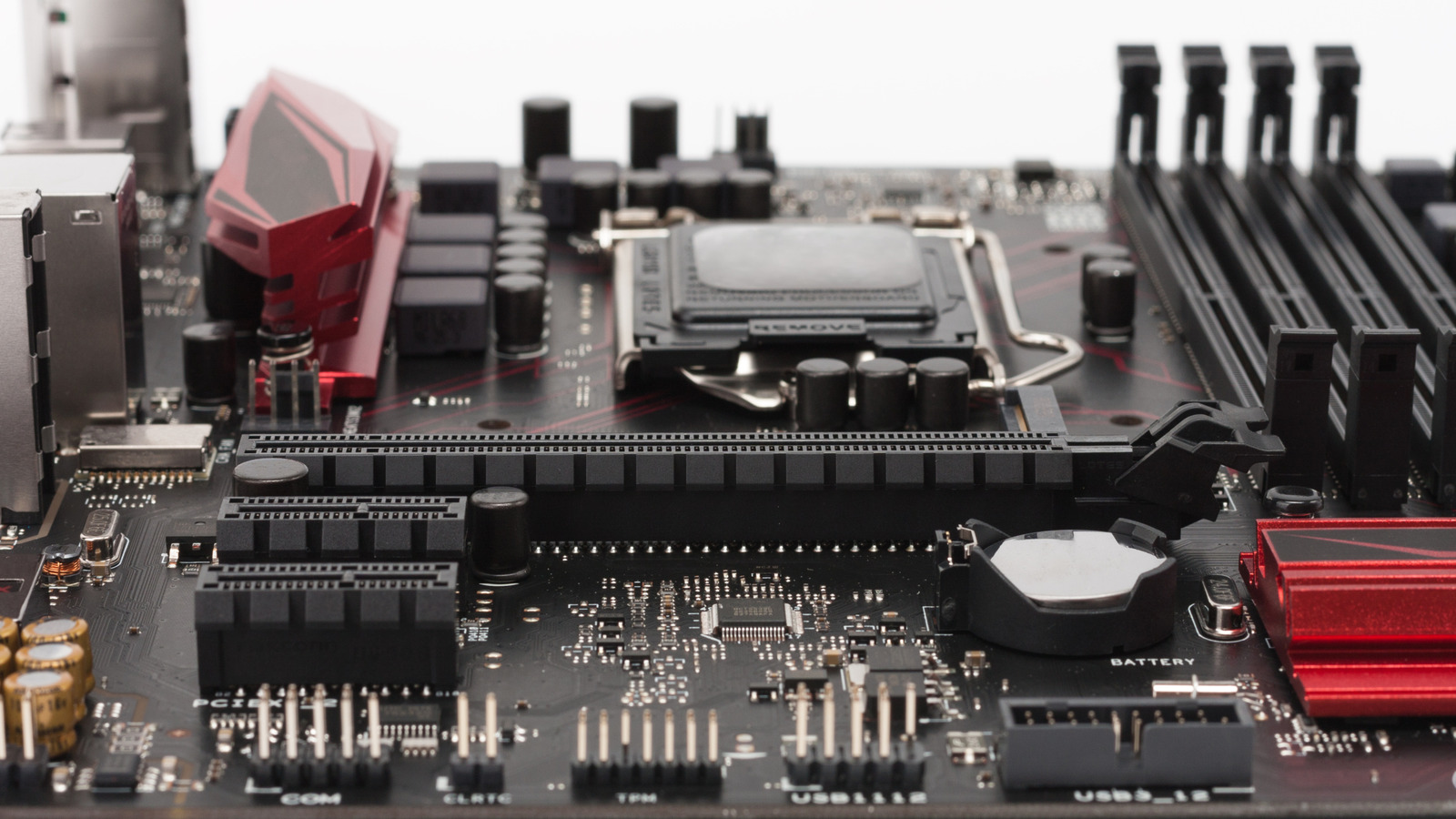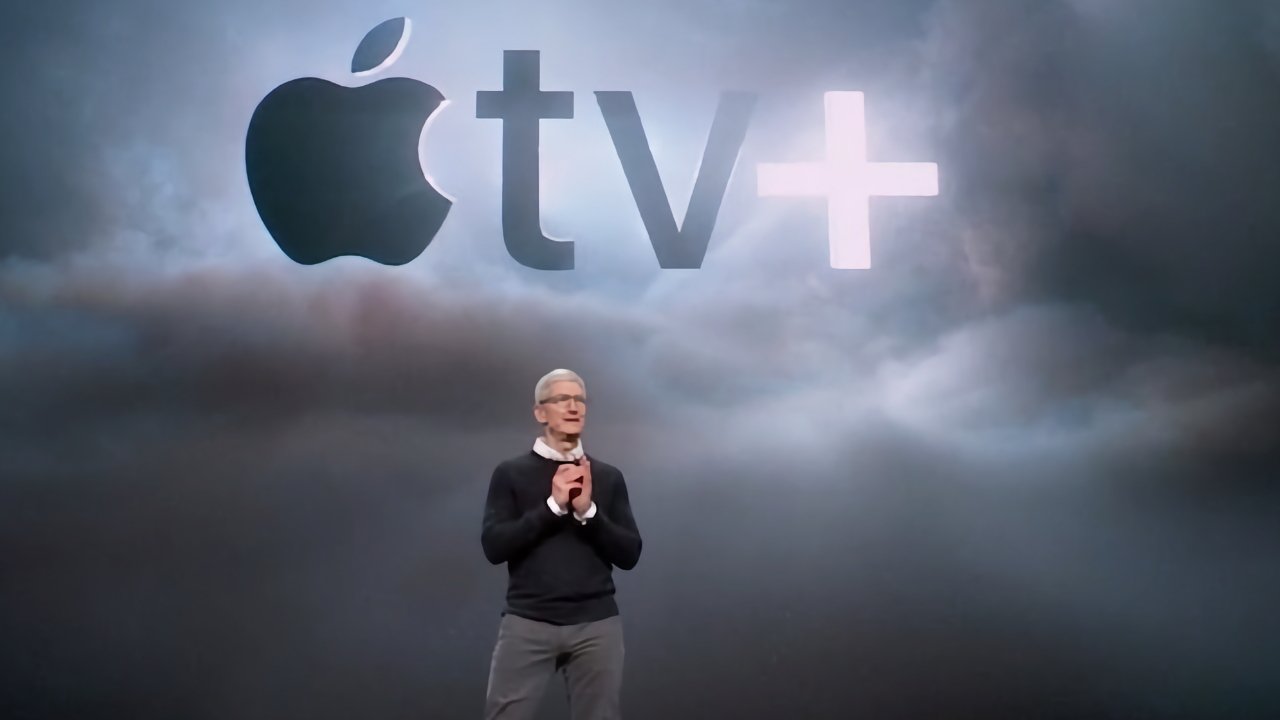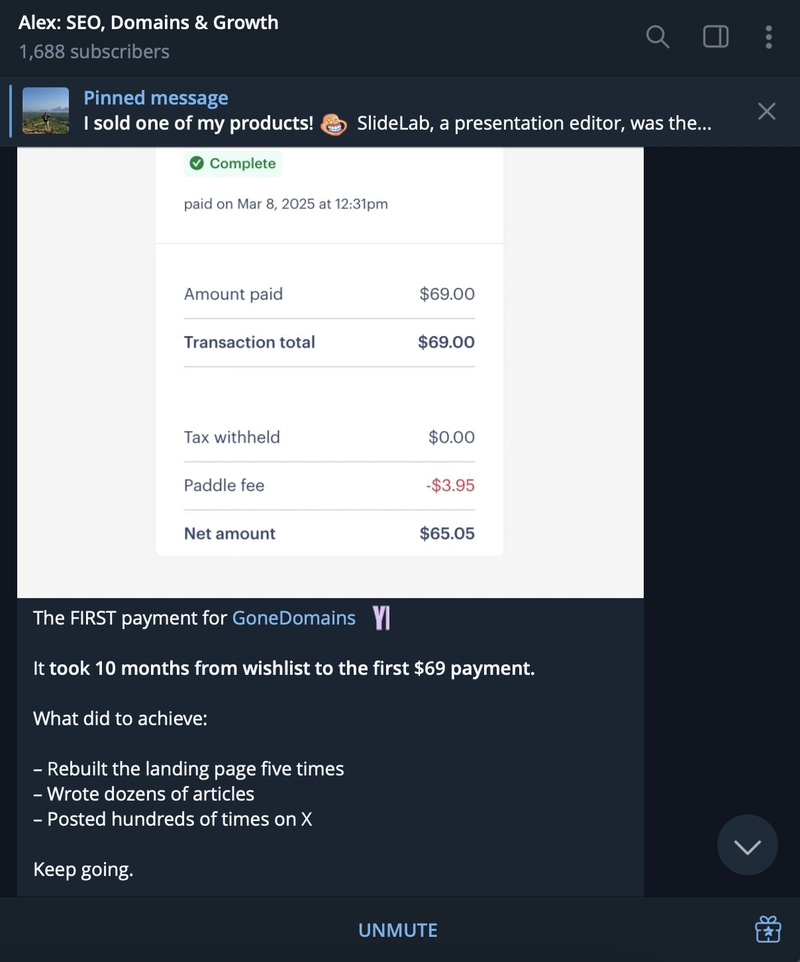Balancing Flexibility & Responsibility: The Shift to Openness in Telcos, At What Cost?
The Past: For decades, Telecommunication operators built and ran their networks using closed, proprietary solutions, products, protocols, data schemas and practices from a few dominant Telco vendors. These systems were delivered as turnkey solutions, often described as "black boxes" where the operator had little visibility or control over the internal workings. For example in the Core domain (2G/3G/4G) vendors provided complete EPC solutions as monolithic systems. Customization was minimal, and operators depended on the vendor for upgrades, integration, and even basic configuration. Another example would be the RAN domain, where monopoly was even higher. RAN Solutions came as vertically integrated hardware-software bundles. Vendor's X baseband units (BBU) only worked with their radios and software, and had no chance to integrate it with Vendor' Y similar solutions. This was the paradigm for the las 4 decades, which had its pros and cons: Pros: Single Vendor, E2E support. Simplicity for Operator's teams. Less expertise level required. Operators only operate. They don't self-develop, self-optimize or self-integrate.. Clear product SLAs with robust definitions. The internals of the solution are well integrated, tested and optimized. Cons: Operators had to adapt their operations to the vendor's products, not the other way around. Limiting operators’ ability to mix and match components, or diversify their supply chain, which would increase competition and lower prices Solution's changes were often costly. Costly Change Requests sometimes are more expensive than the solution itself. Vendor lock-in, limited innovation, and slow adaptability to new technologies. Recent Openness Movement Today, a significant shift is sweeping the Telco industry. A multi-dimensional change is taking shape in different Telco classical domains. From Core and RAN to configuration and automation. A change of the whole Telco Ops mindset is happening, and it is GOOD!. Disaggregation was/is the Motto of this revolution. 5G standards came with drastic changes from what the Telco business were used to. HTTP? REST APIs? completely out-of-the-box for a Telco veteran who used to wrestle with SS7 and Diameter headers. Simultaneous shift was happening with the HW/SW disaggregation. Why buying a specialized costly piece of Metal to operate the MME if I can containerize it and run it on a COTs server with 1/6th of the cost? Mixing & matching between different vendor's CNFs and VNFs started to gain interest as well. More competition, less monopoly.. And suddenly, Cloud Native technologies with all its practices and methodologies like DevOps, GitOps, ZTP ,, etc started finding its way to the Telco landscape. Standard bodies started to flourish: OpenRAN, ONAP, ETSi NFV,,etc. Although many of them had already existed for a while but they were not that relevant in the closed-monolith solutions era. Telco Operators starting leveraging community-driven innovation power (something happening in IT since many decades) and invested in the movement. Less Infra Capex, smaller maintenance windows, faster TTM with new products, leveraging cloud powers ,, all loved and adopted by Telco operators. But was it all roses and butterflies? as anything in life; No! Challenges This newfound freedom came with some challenges, mainly the increased responsibility which is new to the Telcos business.. Embracing open standards and open-source demands a deeper understanding of the underlying technologies. Disaggregating means more vendors to deal with and that requires - among other things - well defined SLAs to avoid pointing-finger games. Here are some of the main challenges that are facing Telcos in the Disaggregation era: 1. Integration Complexity: Unlike turnkey proprietary solutions, open standards require operators to stitch together multiple components. Ensuring interoperability between vendors increases testing and validation efforts. 2. Risk of Performance Bottlenecks: Due to mismatched integrations and the long list of variables to be tweaked between different products, performance can easily suffer if integration was not tight. 3. Talent Shortage & Expertise Gaps Open ecosystems require skills in cloud-native technologies, automation, orchestration and open-source tooling. Telco operators often lack in-house expertise, and retraining legacy staff on new technologies adds time and cost. Also, Competition with tech giants for software engineers, DevOps, and cloud specialists makes hiring difficult and expensive. 4. Impact on SLAs & Operational Responsibility With proprietary systems, vendors took full accountability for performance and outages. Now, operators own the integration, and demand disaggregation, making them "virtually" responsible for E2E service reliability. Meeting strict Service-Level Agreements (SLAs) requires deeper control over the entire stack, increasing operational pressure. (Telco

The Past:
For decades, Telecommunication operators built and ran their networks using closed, proprietary solutions, products, protocols, data schemas and practices from a few dominant Telco vendors. These systems were delivered as turnkey solutions, often described as "black boxes" where the operator had little visibility or control over the internal workings.
For example in the Core domain (2G/3G/4G) vendors provided complete EPC solutions as monolithic systems. Customization was minimal, and operators depended on the vendor for upgrades, integration, and even basic configuration.
Another example would be the RAN domain, where monopoly was even higher. RAN Solutions came as vertically integrated hardware-software bundles. Vendor's X baseband units (BBU) only worked with their radios and software, and had no chance to integrate it with Vendor' Y similar solutions.
This was the paradigm for the las 4 decades, which had its pros and cons:
Pros:
- Single Vendor, E2E support. Simplicity for Operator's teams.
- Less expertise level required. Operators only operate. They don't self-develop, self-optimize or self-integrate..
- Clear product SLAs with robust definitions.
- The internals of the solution are well integrated, tested and optimized.
Cons:
- Operators had to adapt their operations to the vendor's products, not the other way around.
- Limiting operators’ ability to mix and match components, or diversify their supply chain, which would increase competition and lower prices
- Solution's changes were often costly. Costly Change Requests sometimes are more expensive than the solution itself.
- Vendor lock-in, limited innovation, and slow adaptability to new technologies.
Recent Openness Movement
Today, a significant shift is sweeping the Telco industry. A multi-dimensional change is taking shape in different Telco classical domains. From Core and RAN to configuration and automation. A change of the whole Telco Ops mindset is happening, and it is GOOD!.
Disaggregation was/is the Motto of this revolution.
5G standards came with drastic changes from what the Telco business were used to. HTTP? REST APIs? completely out-of-the-box for a Telco veteran who used to wrestle with SS7 and Diameter headers.
Simultaneous shift was happening with the HW/SW disaggregation. Why buying a specialized costly piece of Metal to operate the MME if I can containerize it and run it on a COTs server with 1/6th of the cost?
Mixing & matching between different vendor's CNFs and VNFs started to gain interest as well. More competition, less monopoly..
And suddenly, Cloud Native technologies with all its practices and methodologies like DevOps, GitOps, ZTP ,, etc started finding its way to the Telco landscape.
Standard bodies started to flourish: OpenRAN, ONAP, ETSi NFV,,etc. Although many of them had already existed for a while but they were not that relevant in the closed-monolith solutions era.
Telco Operators starting leveraging community-driven innovation power (something happening in IT since many decades) and invested in the movement.
Less Infra Capex, smaller maintenance windows, faster TTM with new products, leveraging cloud powers ,, all loved and adopted by Telco operators.
But was it all roses and butterflies? as anything in life; No!
Challenges
This newfound freedom came with some challenges, mainly the increased responsibility which is new to the Telcos business..
Embracing open standards and open-source demands a deeper understanding of the underlying technologies. Disaggregating means more vendors to deal with and that requires - among other things - well defined SLAs to avoid pointing-finger games.
Here are some of the main challenges that are facing Telcos in the Disaggregation era:
1. Integration Complexity:
Unlike turnkey proprietary solutions, open standards require operators to stitch together multiple components. Ensuring interoperability between vendors increases testing and validation efforts.
2. Risk of Performance Bottlenecks:
Due to mismatched integrations and the long list of variables to be tweaked between different products, performance can easily suffer if integration was not tight.
3. Talent Shortage & Expertise Gaps
Open ecosystems require skills in cloud-native technologies, automation, orchestration and open-source tooling. Telco operators often lack in-house expertise, and retraining legacy staff on new technologies adds time and cost.
Also, Competition with tech giants for software engineers, DevOps, and cloud specialists makes hiring difficult and expensive.
4. Impact on SLAs & Operational Responsibility
With proprietary systems, vendors took full accountability for performance and outages. Now, operators own the integration, and demand disaggregation, making them "virtually" responsible for E2E service reliability.
Meeting strict Service-Level Agreements (SLAs) requires deeper control over the entire stack, increasing operational pressure. (Telco likes multis 9's SLAs








































































































































































![[The AI Show Episode 146]: Rise of “AI-First” Companies, AI Job Disruption, GPT-4o Update Gets Rolled Back, How Big Consulting Firms Use AI, and Meta AI App](https://www.marketingaiinstitute.com/hubfs/ep%20146%20cover.png)


























































































































![[DEALS] The Premium Python Programming PCEP Certification Prep Bundle (67% off) & Other Deals Up To 98% Off – Offers End Soon!](https://www.javacodegeeks.com/wp-content/uploads/2012/12/jcg-logo.jpg)














































































































-Mafia-The-Old-Country---The-Initiation-Trailer-00-00-54.png?width=1920&height=1920&fit=bounds&quality=70&format=jpg&auto=webp#)
-Nintendo-Switch-2---Reveal-Trailer-00-01-52.png?width=1920&height=1920&fit=bounds&quality=70&format=jpg&auto=webp#)























_Sergey_Tarasov_Alamy.jpg?width=1280&auto=webp&quality=80&disable=upscale#)





























































































![Instacart’s new Fizz alcohol delivery app is aimed at Gen Z [U]](https://i0.wp.com/9to5mac.com/wp-content/uploads/sites/6/2025/05/Instacarts-new-Fizz-alcohol-delivery-app-is-aimed-at-Gen-Z.jpg?resize=1200%2C628&quality=82&strip=all&ssl=1)




















![Beats Studio Pro Wireless Headphones Now Just $169.95 - Save 51%! [Deal]](https://www.iclarified.com/images/news/97258/97258/97258-640.jpg)
































































































